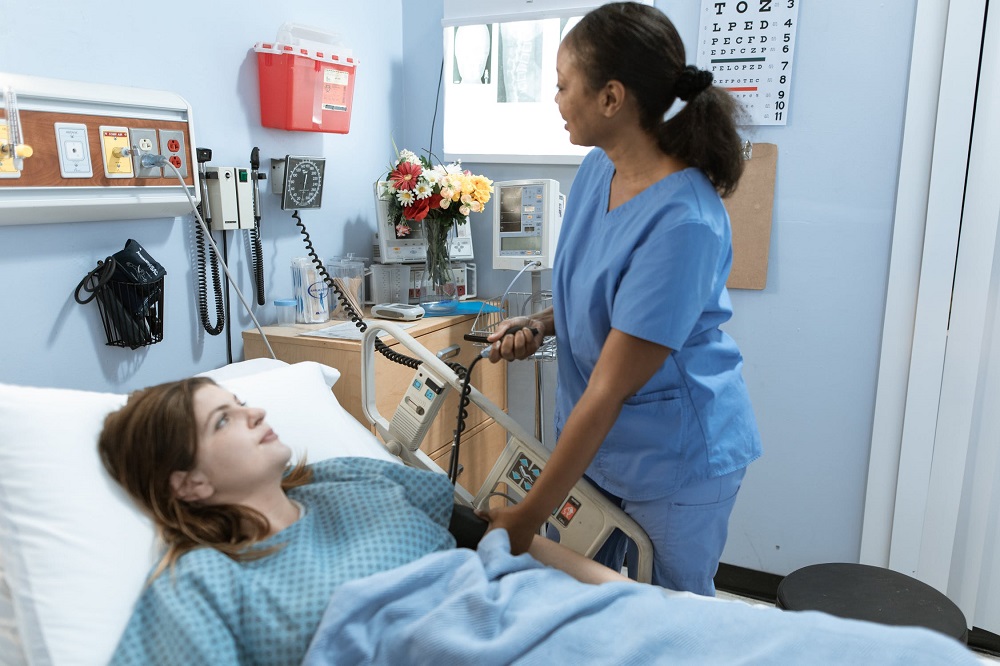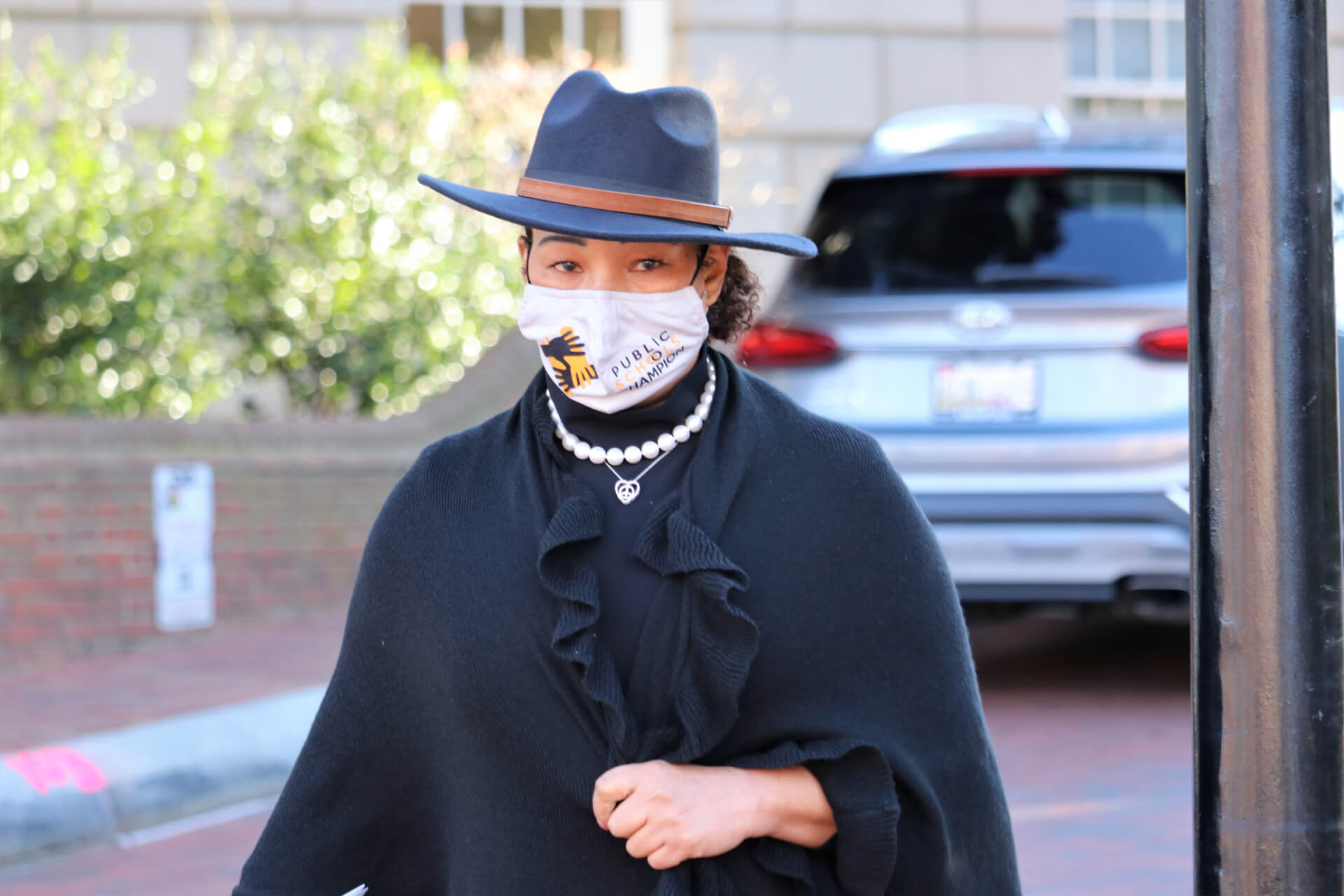Medical Society Chief: Telehealth’s Promise and Responsibility in the Age of COVID-19

As we grimly count the growing number of confirmed COVID-19 cases and deaths in the United States, the coronavirus has clearly transformed every facet of life here, from how we work to how we socialize and how we educate our children. It’s also changing how we deliver healthcare.
Because of the urgent need for social distancing to prevent spreading the coronavirus, Congress, federal and state agencies, and private insurers are changing rules to expand the use of telehealth. For the time being, this includes relaxed enforcement of Health Insurance Portability and Accountability Act (HIPAA) penalties and a waiver of in-state license requirements for clinicians. These changes are helping hospitals and doctors’ offices rapidly adopt technologies that will enable them to evaluate and treat patients from afar.
Practically overnight, telehealth has become an invaluable tool to combat this public health crisis – a must-have technology to help keep healthcare workers and patients safe. Telehealth protects patients not infected by COVID-19 but who still need care, and allows healthcare providers who are quarantined to still provide patient care, if they are well enough to do so.

Gene Ransom, CEO of the Maryland Medical Society.
As a nation, we are discovering telehealth’s promise to help relieve enormous strain on our healthcare system — flattening the curve while maximizing healthcare system capacity. However, let’s not forget the importance of doing so responsibly.
Hospitals and health systems should consider several factors when selecting a telehealth tool. For example:
· Is the tool quick and easy to implement?
· Is it easy to use – both for patients and providers?
· Can it quickly enroll all the clinicians in a hospital or health system?
· Is it cost-effective, and will patients have to bear any cost?
· Does it protect patients’ personal health information?
There’s never been a more critical need to take every measure possible to keep patients and healthcare workers safe. However, sacrificing the safety of patients’ protected health information (PHI) by using non-secure methods of communication could harm patients today and later. And there is now an alarming cascade of news reports about popular services historically used for business conference calls – not for healthcare care – that have been compromised.
Typical social media apps don’t meet regulatory privacy requirements – even the relaxed requirements being used during this crisis.
We shouldn’t – and don’t have to – sacrifice patients’ privacy during this pandemic. In fact, using apps that don’t protect patients’ health information is irresponsible, especially when secure options are readily available.
MedChi, The Maryland State Medical Society, is encouraging vendors to consider waiving or reducing fees during this initial period, so clinicians can more quickly adopt these solutions.
Telehealth apps or platforms that require extensive doctor training or involve cumbersome downloads and registration processes for patients should be avoided. Solutions must be as user-friendly as possible and easy to integrate with a health system’s or practice’s existing electronic health record (EHR).
MedChi recently adopted a HIPAA-compliant care collaboration and communications platform from a Maryland company (Rockville-based DrFirst) for 25 practices in our Care Transition Organization. Now, doctors, patients, and care teams can communicate via secure text messages, emails, and video calls – with patients and other providers – anytime and from any mobile device, tablet, or laptop. And we don’t have to ask patients to download an app or go through a cumbersome registration process to use it. Making it easy for patients to access care is critical during this pandemic.
I believe that what we’re doing can — and should be — replicated in physician practices, hospitals, and health systems across the country.
Obviously, telehealth can’t be used for everything. There are times when hands-on care is needed to assess or treat patients in hospitals, physician offices, and other settings. And since the rules governing telehealth can vary by state, clinicians should touch base with their state medical society for information and guidance.
This crisis is enormous and demands that we take a hard look at what we can do to improve care delivery in our communities. Now is the time to usher in healthcare transformation, which includes making telehealth the expectation rather than the exception.
The health of our nation depends on it.
— GENE RANSOM
The writer is CEO of the Maryland State Medical Society, MedChi.




 Creative Commons Attribution
Creative Commons Attribution